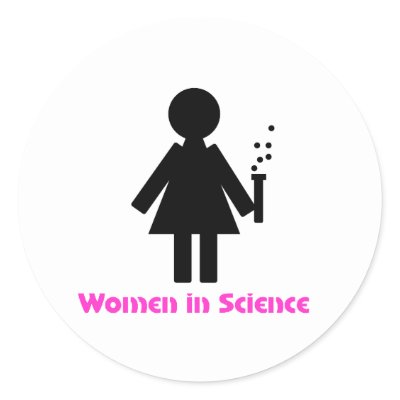 We all know of some amazing women in science: Marie Curie, known for her work on radioactivity, Rosalind Franklin for identifying the structure of DNA, and Barbara McClintock who described gene transposition. So why is there always a fuss about not enough women in science?
We all know of some amazing women in science: Marie Curie, known for her work on radioactivity, Rosalind Franklin for identifying the structure of DNA, and Barbara McClintock who described gene transposition. So why is there always a fuss about not enough women in science? Women have historically been underrepresented in the sciences, though there are certainly more women in science now than there have been in the past. In 1996, 35% of doctorate degrees in STEM fields went to women; in 2006, that number jumped to 46%. But the numbers are still grim in the workforce. In 2006, only 28% of tenured or tenure-track academicians were women. Of course, we can’t compare that to the number of doctoral degrees awarded to women in the same year, so I’ll walk through time.
In 1988, women earned 41% of bachelor’s degrees in science and engineering. By 1990, when those students would be earning their next degree, only 34% of master’s degrees went to women. In 1996, women earned 34% of doctorate degrees, and ten years later women represent only 28% of tenured or tenure-track faculty. There is a continued decrease in the percentage of women at these milestones.
Some may argue that women are “choosing” to drop out of science to have a family, but why should women have to make that choice? Surely, there are men in science who have families, and they aren’t leaving the field. There are still still factors above and beyond life choices that are making it difficult for women to attain the highest levels in science.
My point is certainly not to discourage women from entering the sciences. Quite the opposite. Women are valuable employees and can bring strong and important perspectives to their jobs. A recent study showed that groups that include women are better at problem-solving, and with the renewed focus on scientific collaboration, group problem solving will be integral.
Great strides have been made in diminishing the gender gap, but this issue must remain at the forefront so the gap will continue to improve.
Statistics from National Science Foundation's Science and Engineering Indicators: 2010 and 2000
No comments:
Post a Comment